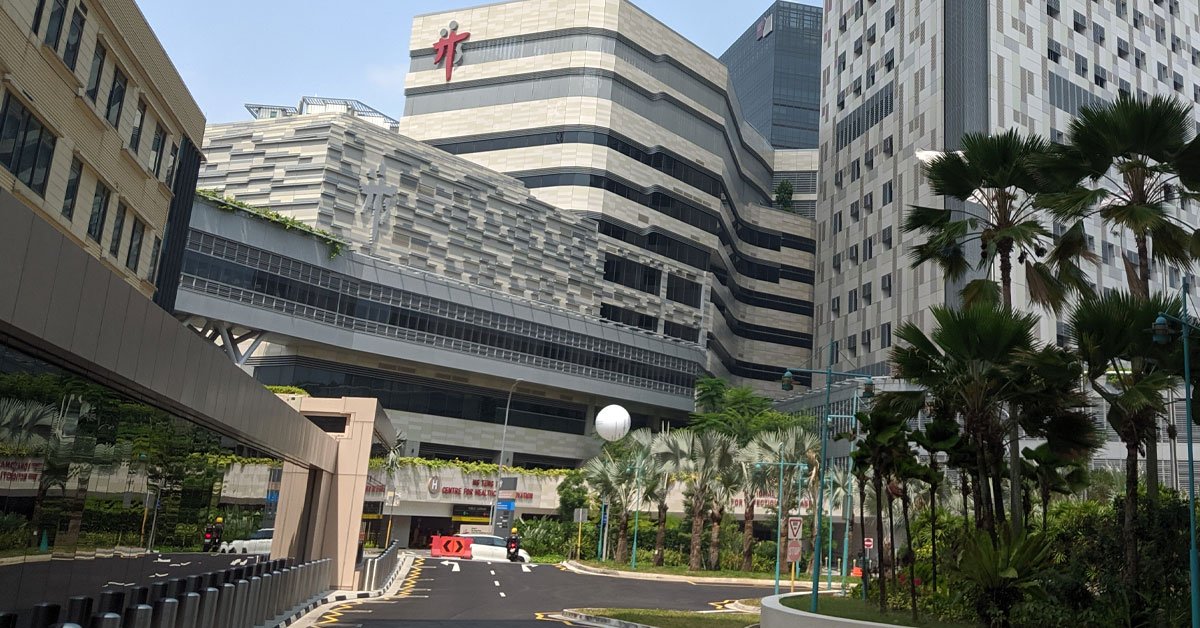Ever since PM Lee’s message about China’s cashless economy back in 2017, everyone knows that China’s pretty good at technology.
At least when it comes to cashless payments, that is.
But with the recent Covid-19 outbreak in Wuhan, China has shown three things:
- Their people’s resilience
- The Government’s determination to do what’s right, not what’s liked
- And the crazy amount of innovativeness their people have
China’s Problem With Healthcare
When the Covid-19 outbreak occurred, China was completely blindsided.
Doctors, nurses and other healthcare workers did not have enough personal protective equipment and nothing much was known about the novel virus.
As many as 3,000 healthcare workers were infected with Covid-19 and some had already started showing symptoms.
Despite that, they continued with their duty in taking care of infected patients.
Enter Tang Zhouping
Tang Zhouping is a neurology professor at Tangji Hospital in Wuhan, Hubei province.
He was assigned to take charge of a temporary hospital, the Guanggu Fangcang Hospital, built specifically for Covid-19 patients.
When he started his job, he had only two thoughts in mind: how to save more patients and how to reduce the infection rate of his healthcare workers.
The Solution: Make My Hospital Into A Smart Facility
Within just 7 days, he made his hospital into a smart facility with the help of Tangji hospital.
He managed to extend Tangji hospital’s “cloud technology-based smart system” to his facility which allows fast sharing of information between the two locations.
With the system, healthcare professionals are able to provide better care under the guidance of expert doctors at Tangji Hospital.
Also, the smart system allows for faster registration of patients, and patients in worse conditions are immediately sent to the permanent hospitals for better care.
This helps to lower infection rates about his doctors and nurses.
Robot Nurses, Driverless Trucks
At Guanggu Hospital, instead of humans, high-tech robots are used in the wards.

They are equipped with cameras, sensors and radar. Doctors can control these robots remotely with their mobile phones to navigate the isolation areas.
Driverless vehicles are also being used at the hospital to transport medical materials from the truck into the hospital.
And this is necessary, Tang says, because “some” volunteers are afraid to move them into the hospital.
Not The Only Ones
Researchers from the Fudan University in Shanghai managed to develop a tool which uses AI to determine whether a person is infected or not within seconds.
At Leishenshan Hospital, a 24/7 online remote diagnosis centre with 5G technology has started operating since 27 Feb.
This centre serves to connect multidisciplinary experts from all over the country and get their help in treating “dangerously ill” Covid-19 patients.
A hospital in Guangzhou is also using robots to deliver medicine.

Outside of China, Taiwan has shown that the technology of Big Data can be used to help suppress the Covid-19 outbreak effectively.
And even in Singapore, we see more people turning to robot cleaners because one, they’re safer (minimise human contact) and two, they’re cheaper.
Join our telegram channel for more entertaining and informative articles at https://t.me/goodyfeedsg or download the Goody Feed app here: https://goodyfeed.com/app/
I’d say that after the Covid-19 outbreak is resolved, we might just be looking at a new level of technological improvement not just in healthcare, but everywhere else.
After all, only with a crisis would you see a significantly crazy amount of technological improvements. Agree?
Advertisements



